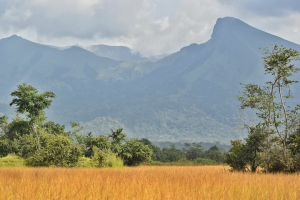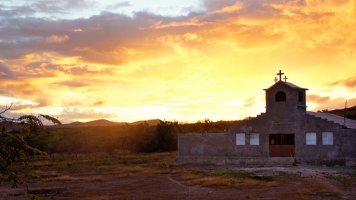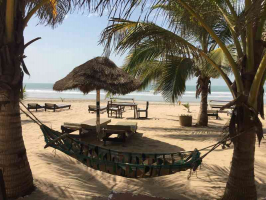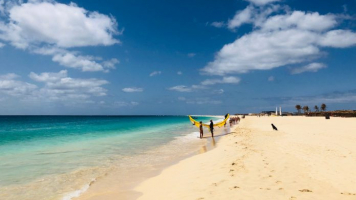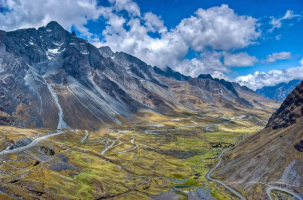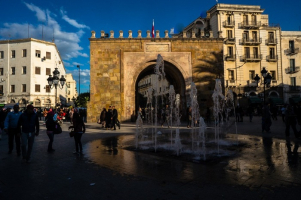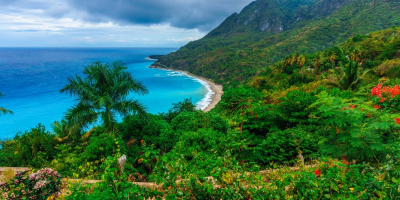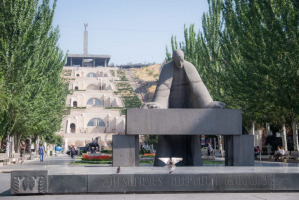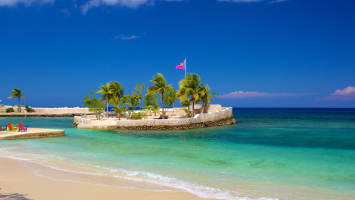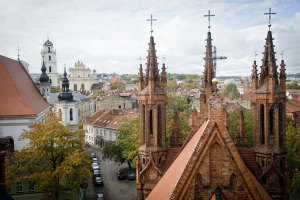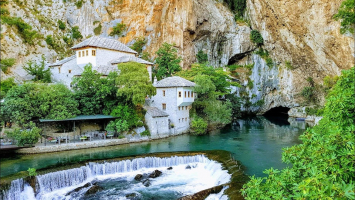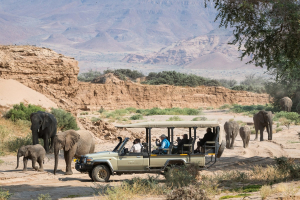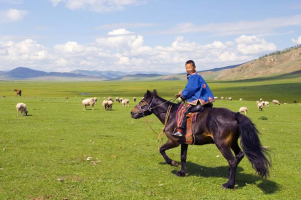Top 8 Best Travel Destinations In Norway
Norway has a fantastic blend of cultural and natural wonders for visitors to enjoy. There are infinite possibilities for vacationers in the country of the ... read more...midnight sun and beautiful northern lights, from sophisticated Oslo to endless snowcapped mountain peaks and deep fjords. Travelling around the country is simple, and the country's top-notch transit services, whether by rail or aboard the great coastal steamers, provide some of the best sightseeing opportunities as well. Take a look at this post showing some great hotspots in Norway!
-
Sognefjord, Norway's largest fjord, stretches 204 kilometers inland from Skjolden, Norway's coastal village, and branches off into innumerable smaller inlets and fjords along the way. The King of the Fjords (as Norwegians call it) is about five kilometers wide at its widest point, with rock cliffs reaching 1,307 meters high, creating a spectacular spectacle.
It is the most popular way to see the fjord by boat, and there are a lot of tour options for fjord cruises and sightseeing trips. Many of the most popular tour options leave from Bergen, which is a lovely town (be sure to allow a full day for your adventure).
In Sognefjord, the tourists will be impressed when visiting the narrower branches, such as Naeroyfjord, a breathtaking 17-kilometer section with rock cliffs that are barely 250 meters apart and soar over 1,700 meters above the ocean. Fjrland is another popular vacation spot. Jostedalsbreen, Europe's largest glacier, and the Norwegian Glacier Museum are located in this breathtakingly magnificent location.
In the summer, you can enjoy classic fjord experiences. Autumn is the ideal time of year for hiking and cycling since the air is clear and the fjord is decked in magnificent autumn colors. With magnificent fjord light, sleddog excursions, alpine ski touring, snowshoe walks, ski resorts, cross country skiing, fjord kayaking, RIB-safari, fjord cruises, the Flåm railway, and guided trips to the magical blue ice caverns beneath the glacier, the fall transforms to the "Winter Fjord." The Sognefjord comes alive in the spring, with blossoming and snow-capped mountain peaks — maybe the greatest time of year to visit.
Location: Sognefjord, Vestland county, Norway
Highlights: The King of the Fjords
Best time to visit: Spring

https://www.fjords.com/the-sognefjord/ 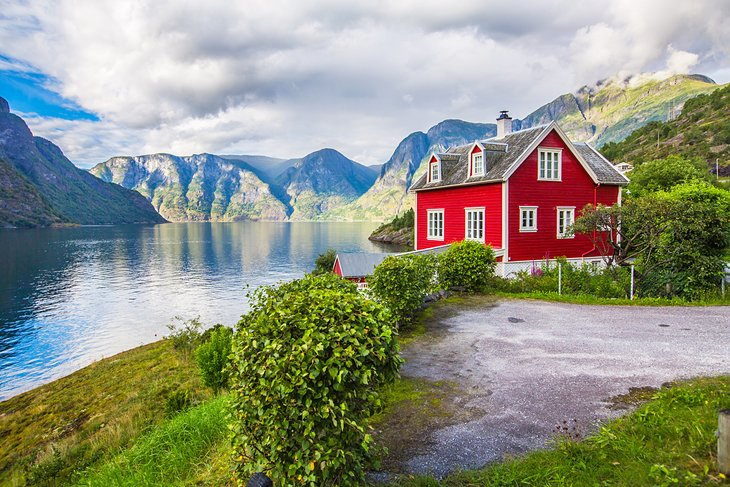
https://www.planetware.com/ -
Pulpit Rock (Preikestolen), despite being a tourist site best suited for energetic travelers due to the difficult route required to reach there, is one of Norway's most popular views. The site, which is near Stavanger, takes a two-hour uphill trek to reach the almost flawlessly flat-topped cliff that looks over Lysefjord and is more than 600 meters above the water.
Visitors to Stavanger should also pay a visit to the Norwegian Canning Museum, which is set up like a WWII cannery. The Stavanger Cathedral is another popular tourist destination in the city. A Romanesque basilica, a Baroque pulpit, and a Gothic font are among the styles represented in this 12th-century structure.
You should always be appropriately equipped when trekking in Preikestolen due to rapid variations in weather conditions. For most hikes in Preikestolen, hiking boots and rain gear are recommended. Because there are no facilities at the peak, bring enough food and drink to last you the entire journey.
Location: Pulpit Rock, Preikestolen, Rogaland, Norway
Highlights: hiking Preikestolen
Best time to visit: from April to October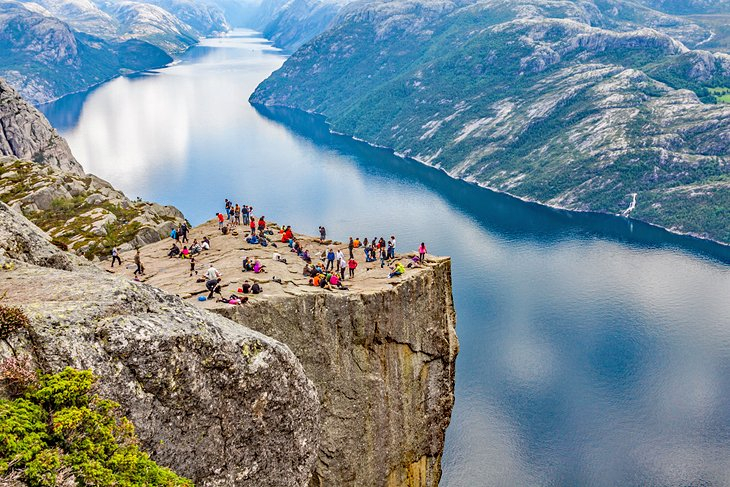
https://www.planetware.com/ 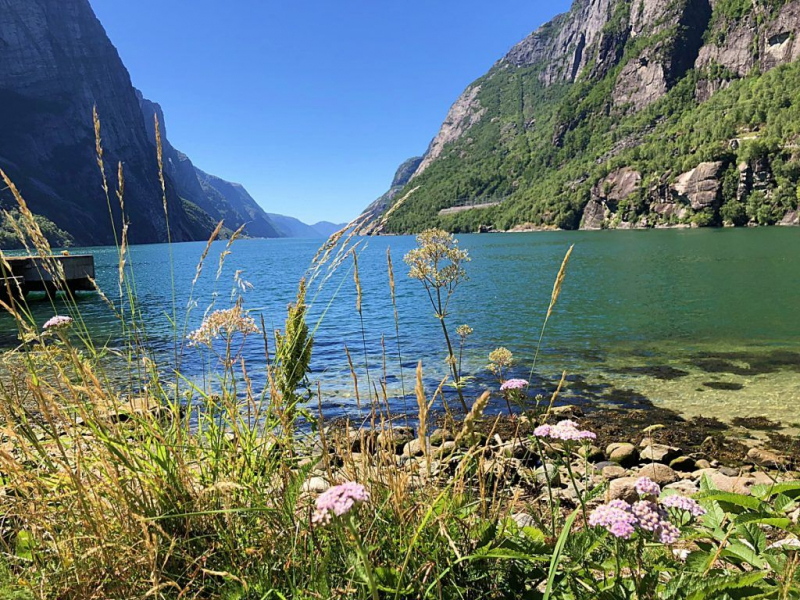
pinterest.com -
Tromsø is well recognized for its vital position as the base for numerous major Arctic expeditions from the mid 1800s. It is located 349 kilometers north of the Arctic Circle. The fishing business has been a vital aspect of life in the Tromsø area since the 13th century, contributing to the area's coastal appeal.
Tromsø is also a favourite destination for people wishing to see the aurora borealis, or northern lights, because to its northerly location. Polaria and the Polar Museum are two of the town's many attractions and enjoyable things to do that explain and explore the phenomenon. Between November and February, the Arctic nights produce unique light conditions for the short time the sun is visible, creating a mystical, dreamlike environment in Troms. There are several popular festivals and events taking place at this time of year, and the notorious nightlife is reputed to be even livelier.
Tromsø has two must-see museums, among others. The first is the Polar Museum, which is brimming with taxidermy and pelts, displaying many of the world's most daring missions, as well as how explorers and locals survive in the harsh conditions. Northern Norway's Art Museum comes in second. Inside is a permanent collection that includes well-known paintings by Hockney, Munch, and other well-known Scandinavian painters, bringing to life some of Norway's many breathtaking landscapes.
Location: Tromsø, Norway
Highlights: Northern Lights, Tromsø Fjords, Polar Museum,...
Best time to visit: between April and September
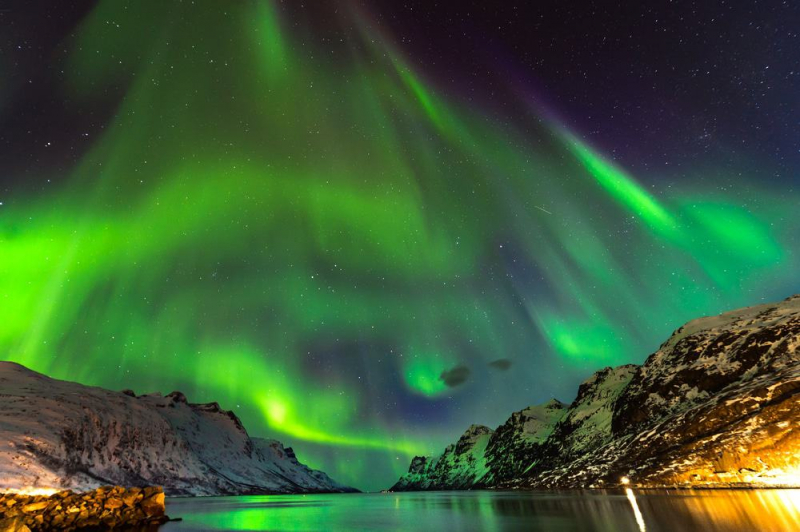
https://www.thecrazytourist.com/ 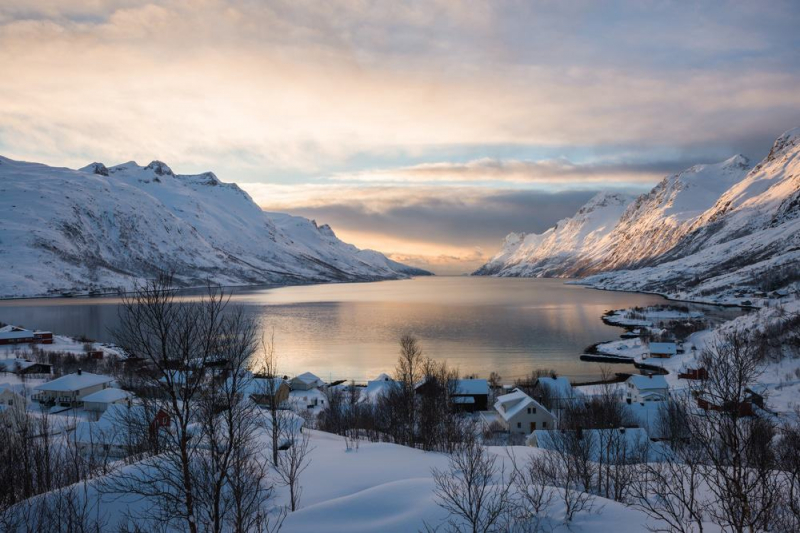
https://www.thecrazytourist.com/ -
The Lofoten Islands are an archipelago off the coast of northwestern Norway that is a popular tourist destination for both Norwegians and visitors. Despite its being within the Arctic Circle, the climate here is pleasant thanks to the Gulf Stream. Tourists go to the area to relax on the beaches, visit traditional fishing villages, kayak, walk, and observe the wildlife. These islands are also a great site to see the northern lights. On the islands, there are numerous sights and things to do, particularly at Svolvaer, the major town on Austvågøy island, which is located on the island's southern coast.
The Lofoten War Memorial Museum (Lofoten Krigsminnemuseum), which houses World War II exhibits, and the unique Magic Ice Lofoten, which features ice sculptures portraying local life, are both located here. The Lofoten Museum, which chronicles the island's fishing history, as well as the Lofoten Aquarium (Lofotakvariet), which displays Arctic sea life, are both located on Austvågøy. The Norwegian Fishing Village Museum and the Lofoten Stockfish Museum, both in the town of, can teach visitors more about the importance of fishing.
Location: Lofoten Islands, Norway
Highlights: Å, Røst Island, Reine, Svolvaer,...
Best time to visit: July to August
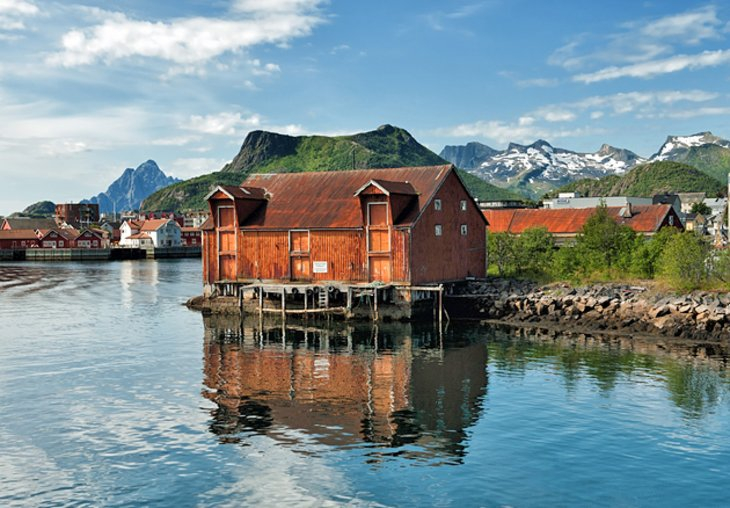
https://www.planetware.com/ 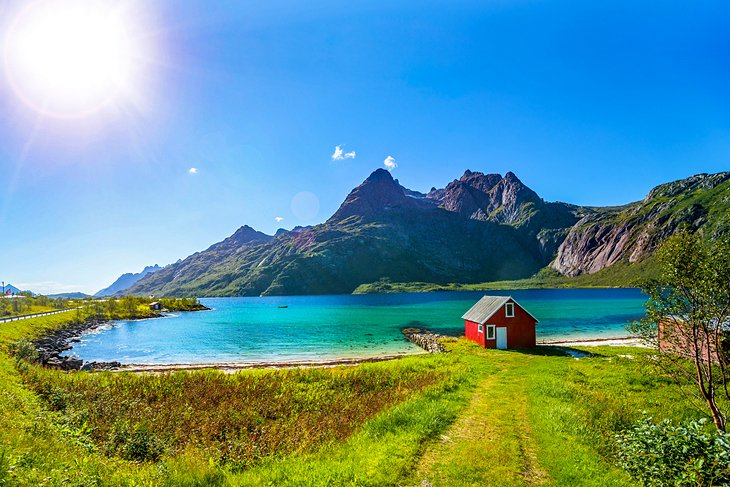
https://www.planetware.com/ -
The Viking Ship Museum (Vikingskipshuset på Bygdøy) in Oslo is the largest of Norway's museums dedicated to its maritime ancestors. It houses three 9th-century Viking ships, each of which served as burial chambers for notable Vikings. The 70-foot Oseberg Ship, the largest of these, was built in AD 800. It included a chieftan's wife and two other women, as well as several things that shed light on Viking life.
The Gokstad Ship, measuring 23 meters in length, and the Tune Ship is also on display at the museum. Several displays and documentaries about the importance of sea life in that culture are also available for visitors to observe.
The Museum of Cultural History runs the Viking Ships Museum, as does the Historical Museum in Oslo, which houses objects from all around the world and throughout history, ranging from Egyptian mummies to gold coin history. It is also home to a developing Viking Age display, which includes a unique and well-preserved Viking helmet.
Location: Frederiks gate 2, 0164 Oslo
Official site: www.khm.uio.no/english/visit-us/viking-ship-museum/
Highlights: the Oseberg Ship
Entrance fee: NOK 50-80
Best time to visit: January or October
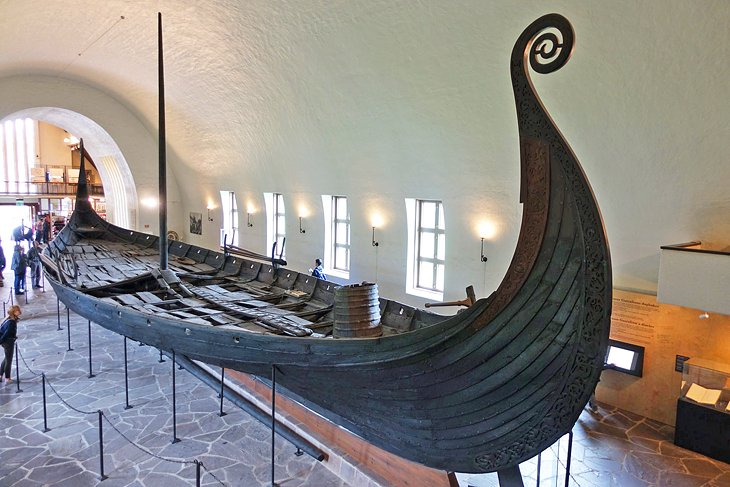
https://www.planetware.com/ 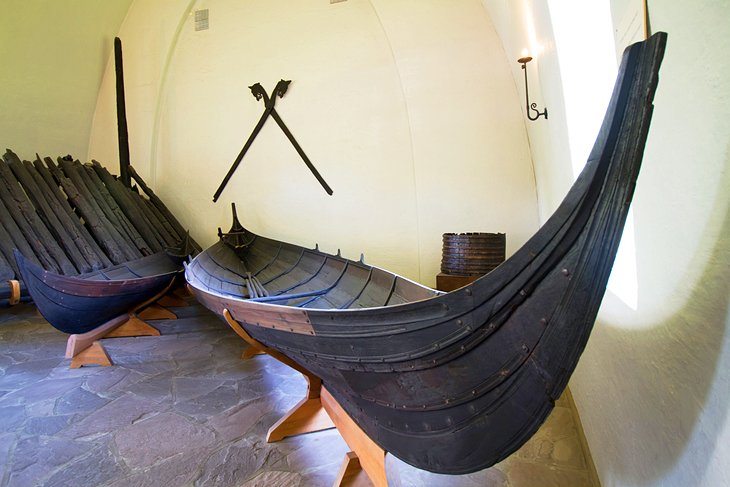
https://www.planetware.com/ -
The Bryggen Hanseatic Wharf is one of Bergen's most renowned tourist attractions. The Hanseatic merchants dominated this vibrantly painted district, which was originally the city's commerce center. Several old buildings, as well as boutiques, cafés, and the Bryggen Museum, are open to the public today. The picturesque small passageways and old wooden merchant homes of this UNESCO World Heritage Site beg to be explored, since they are crammed with restaurants, studios, workshops, and boutique shops.
From June to September, you can take a guided English-language walking tour of Bryggen, where you can learn about the Hanseatic merchants and medieval Bergen life, as well as view Middle Ages ruins. While you're here, pay a visit to the intriguing Bryggen Museum, which houses numerous exhibits and relics dating back to the 14th century and the city's early settlers.The Hanseatic Museum, which has been open since 1872, has considerably more information. Finnegrd, a 1704 residence once held by one of the merchants, now houses this intriguing museum. Tourists visiting Bergen should also pay a visit to Troldhaugen, musician Edvard Grieg's former home and workshop, as well as the Open Air Market.
Location: Bryggen, 5003 Bergen, Norway
Official site: https://stiftelsenbryggen.noHighlight: Colorful Bryggen houses
Best time to visit: November
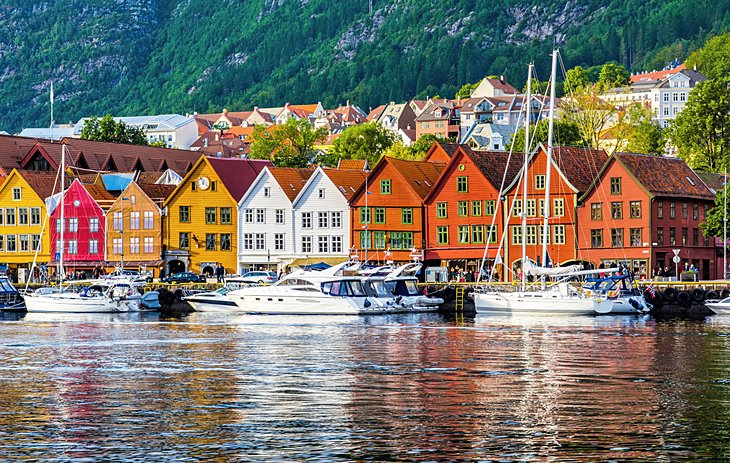
https://www.planetware.com/ 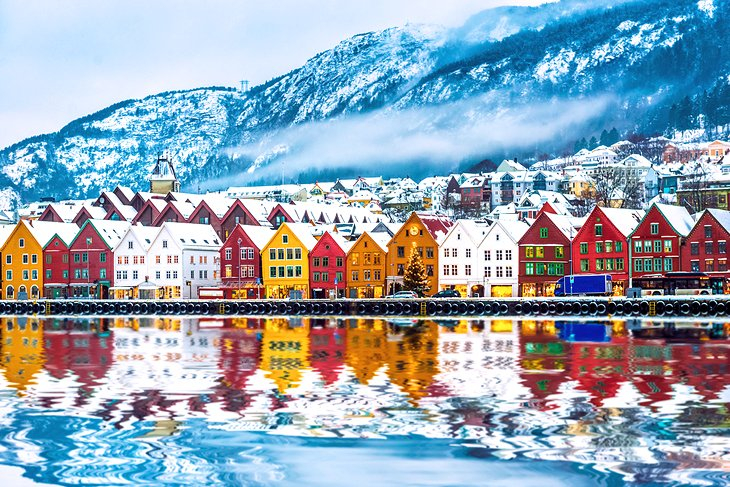
https://www.planetware.com/ -
The Akershus Fortress, which overlooks the Oslo Fjord in the city center, is an excellent spot to learn about the capital's history while taking in the scenery. It is a medieval castle that was erected to protect Oslo in 1290 and was also used as a prison for a period of time. There are much more to see around and on the fortress's grounds, whether a magnificent pond, an impressive armory exhibit, or the water, accompanied by the surrounding environment, is a really pleasant experience in and of itself.
The Norwegian Armed Forces Museum (Forsvarsmuseet), which showcases weapons and exhibits illustrating Norway's military history, is well worth seeing for history buffs. The grounds of the fortress also serve as a beautiful background for public ceremonies, concerts, and shows.
However, you should be aware that you will be doing a lot of climbing and walking, so wear your most comfortable shoes! You can also join a walking audio tour to learn about the fortress's and Norway's history, as well as hear some ghost stories. From the fortress's top wall, you can also watch the sunset and the ships pass by.
Location: The Akershus Fortress, 0150 Oslo, Norway
Highlight: Norway’s Resistance Museum and Akershus Castle
Best time to visit: October
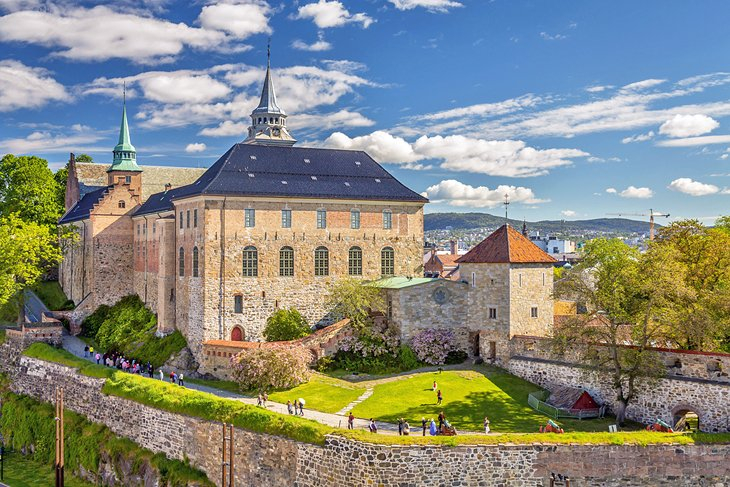
https://www.planetware.com/ 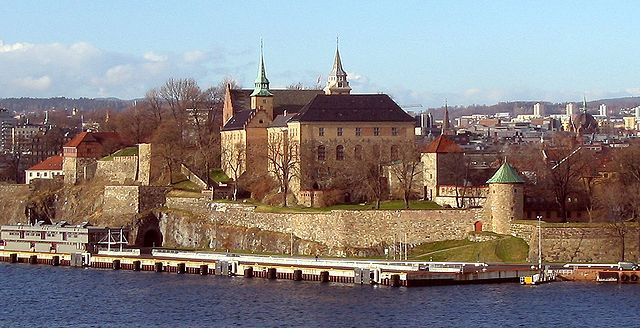
www.pinterest.com -
Lillehammer is one of Norway's most well-known year-round tourist destinations, situated above Lake Mjsa at the south end of the Gudbrandsdal valley. Malhaugen Park, an open-air museum with more than 100 historic buildings, including 18th-century farmhouses, workshops, and a stave church, is a must-see in the summer.
Peer Gynt's Cottage is another noteworthy site. It is supposed to have been the residence of the prototype of Ibsen's famous hero, dating from the early 1700s. Lillehammer, on the other hand, shines brightest when the snow falls. Skating, curling, sleigh rides, more than 480 kilometers of Nordic ski paths, as well as alpine ski resorts, are just a few of the winter sports available in the city, which hosted the 1994 Winter Olympics.In Lillehammer, temperatures will almost certainly be below freezing mid-November to mid-March, and snow will almost certainly fall. Summer days can reach temperatures of 15-20°C (59-68°F) or even higher, however May through September is the wettest month of the year. Lillehammer's core district is ultra-compact, despite its prominence as a sporting capital. The majority of businesses and central attractions are on or near Storgata, which is only a few minutes' walk from the railway station and bus terminal.
Location: Lillehammer, Norway
Highlights: Maihaugen outdoor museum, Skiing
Best time to visit: year-round
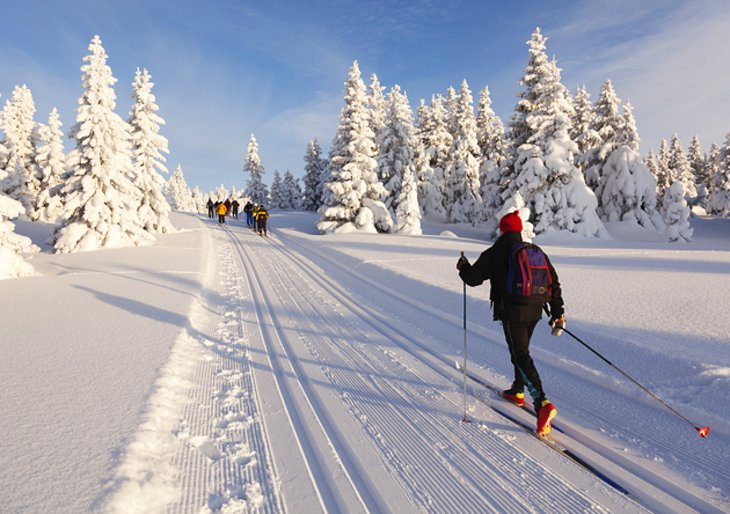
https://www.planetware.com/ 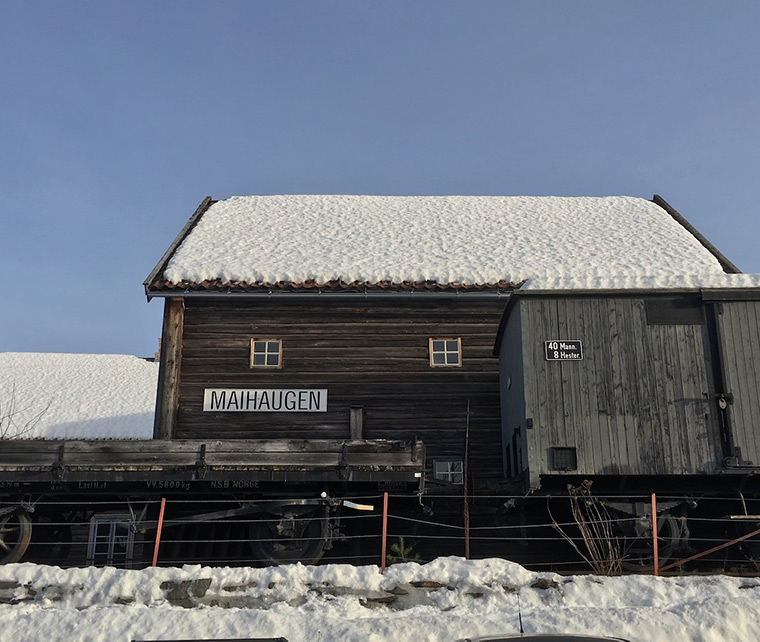
https://www.lifeinnorway.net/lillehammer-norway/











